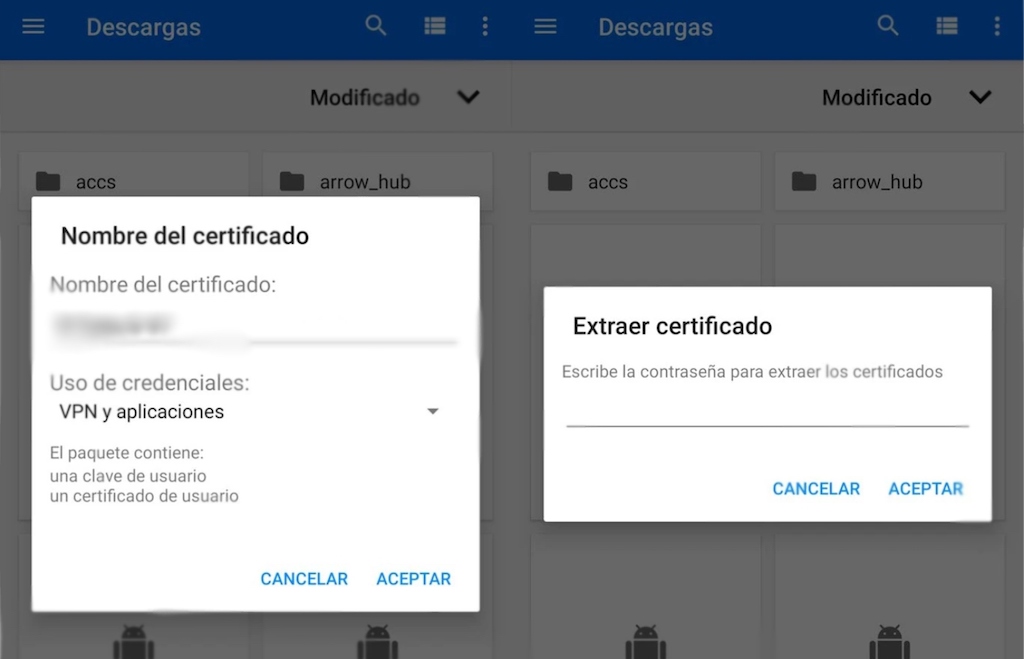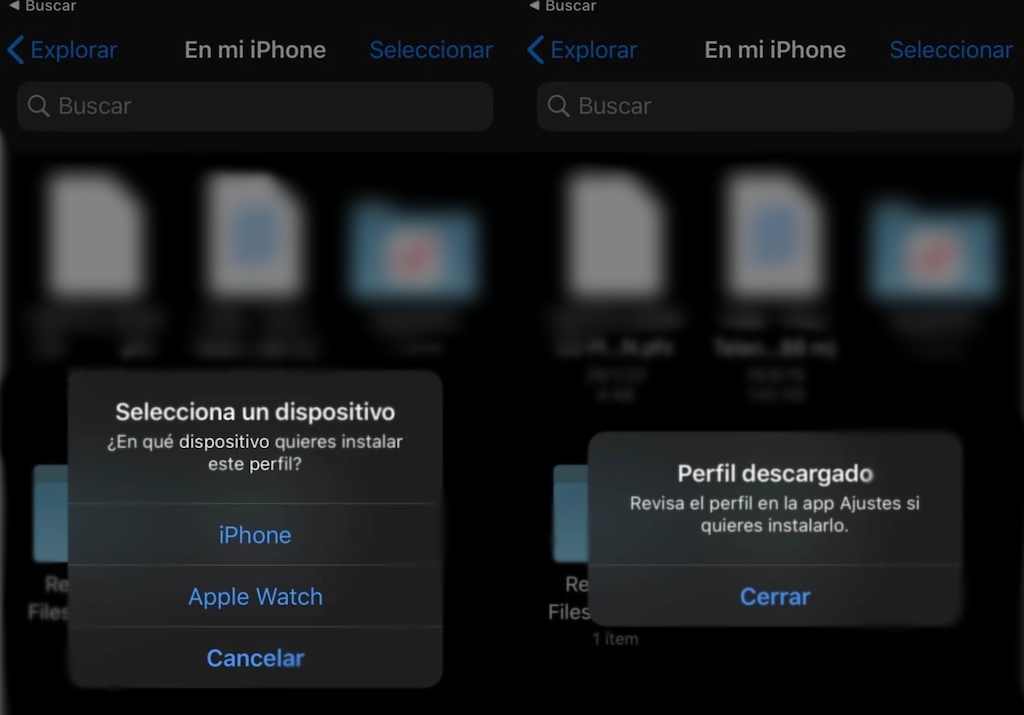After more than a year of working from home, many employees in Spain have grown to appreciate the benefits of remote working, a practice that wasn’t common in the country until the Covid-19 pandemic forced the matter.
Some jobs have to be carried out at the actual workplace – think waiter, hotel manager or dentist – but the majority of office work has been able to move over to the digital realm without too much hassle.
The pandemic is far from over, but many Spanish companies have started asking their employees to return to their workplaces, although in many cases this has been subject to negotiations with workers allowed to split their work week between the office and home, and with reduced staff numbers and Covid measures in place at all times in the workplace.
Is it possible to refuse to return to your workplace in Spain?
Unfortunately for some, in most cases you cannot refuse to go back. The Royal Decree Law 10/2020 of March 29th, states that employees may not refuse to go back working from the office. If they decide not to do so, they could be sanctioned with disciplinary measures or be fired for an unexcused absence.
Those who were on ERTE must also return if the company demands it.
According to ABA Abogadas, in the worst-case scenario, refusal to go back could be seen as a voluntary termination, in which case you can’t even access unemployment benefits.
Are there any justifications I can use to refuse to return during the pandemic?
Articles 21.2 and 4 of the Law on Prevention of Occupational Risks states that as long as there is evidence and solid proof that it is not safe to return to work, then you will not be required to do so. It states: “the worker can refuse to provide services if his life or integrity is in danger”.
Article 21 details that “the worker shall have the right to interrupt his activity and leave the workplace, if necessary when he considers that said activity involves a serious and imminent risk to his life or health”.
According to Samuel Rivero from Socio TKL Abogados, you can also refuse to go back and will be able to make a claim if your company does not have adequate Covid-19 measures in place and you can prove this.
This also means that you will not have to return to the workplace if there is an imminent risk, such as colleagues in the same office testing positive for Covid-19.
This situation has already taken place in many companies. If this happens, you must provide evidence and inform your company of your intentions not to go to work or to continue working remotely.
There are also several exceptional circumstances which will be assessed on a case-by-case basis, such as being a high-risk case due to health reasons or looking after minors or elderly people with health problems, for example.
READ ALSO:






 Please whitelist us to continue reading.
Please whitelist us to continue reading.
Member comments